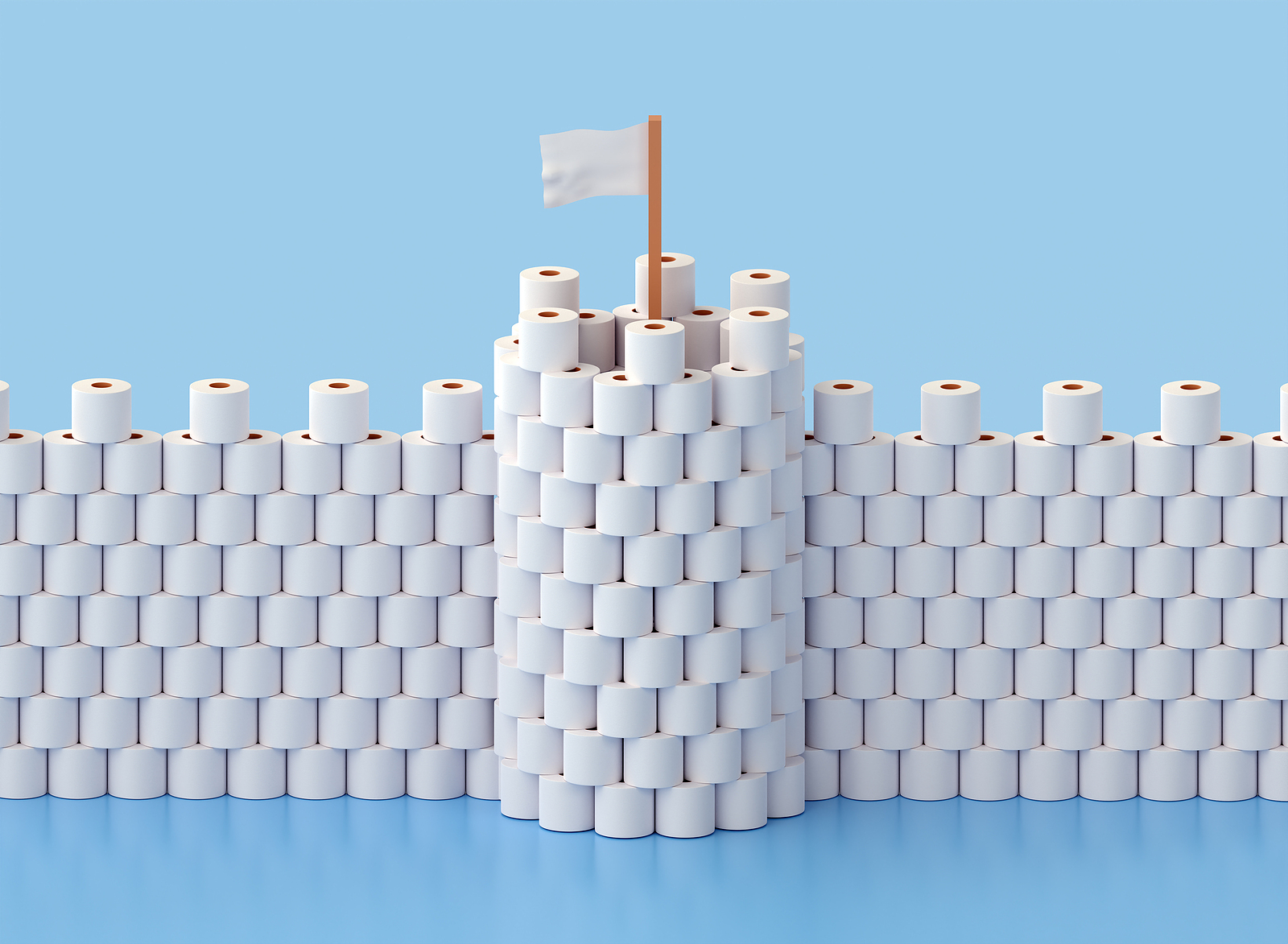Your bathroom is the workhorse of your home. It’s designed to be useful and durable. But, at some point, fixtures will need to be replaced.
Thankfully, when you replace an old toilet, the chances are quite good that you’ll be choosing a more efficient model which will pay for itself over time. This is especially true if the current toilet was manufactured before 1980, according to the U.S. Environmental Protection Agency.
Those toilets use up to six gallons of water during each flush. In fact, toilets are the water hogs of the entire home, “… accounting for nearly 30 percent of an average home’s indoor water consumption,” according to the experts at EPA.gov.
When you replace the old model with a new, more efficient one, you’ll save water and money. Go for a WaterSense-labeled toilet and you can save “… more than $110 per year in water costs, and $2,200 over the lifetime of the toilet,” according to the EPA.
The sheer volume of different brands and models of toilets you’ll find at the local home improvement store can make shopping for one a bit challenging. We’ve rounded up some tips that will help.
One piece or two?
Depending on model, a toilet can be one piece or constructed of two pieces (the more traditional design).
A one-piece toilet, because it lacks gaps between the tank and the bowl, is easier to keep clean and recommended for families with children.
The two-piece, or traditional-style toilet may cost less and it is easier to install, especially if you’ll be doing the install solo.
Get the right size
The hole over which the toilet will be mounted and the distance from the wall to the center of the hole is called the “rough-in.” This distance is 10, 12 or 14 inches.
Take the rough-in measurement before you head out to buy a new toilet to ensure it will fit.
How much water does it use?
Different toilet models come with different flush options. All modern toilets (those manufactured since the mid-1990s) use a maximum of 1.6 gallons per flush. That’s the standard toilet.
Low flush toilets, on the other hand, may use as little as 1.28 gallons. “While low-flow toilets are often more expensive to install and maintain than traditional toilet fixtures, they can also save you a significant amount of money over time,” according to the experts at home warranty company, American Home Shield.
Since the bathroom is the most-frequently used room in the home, and the toilet the biggest water user, choosing a new toilet with care will pay off in the long run.






